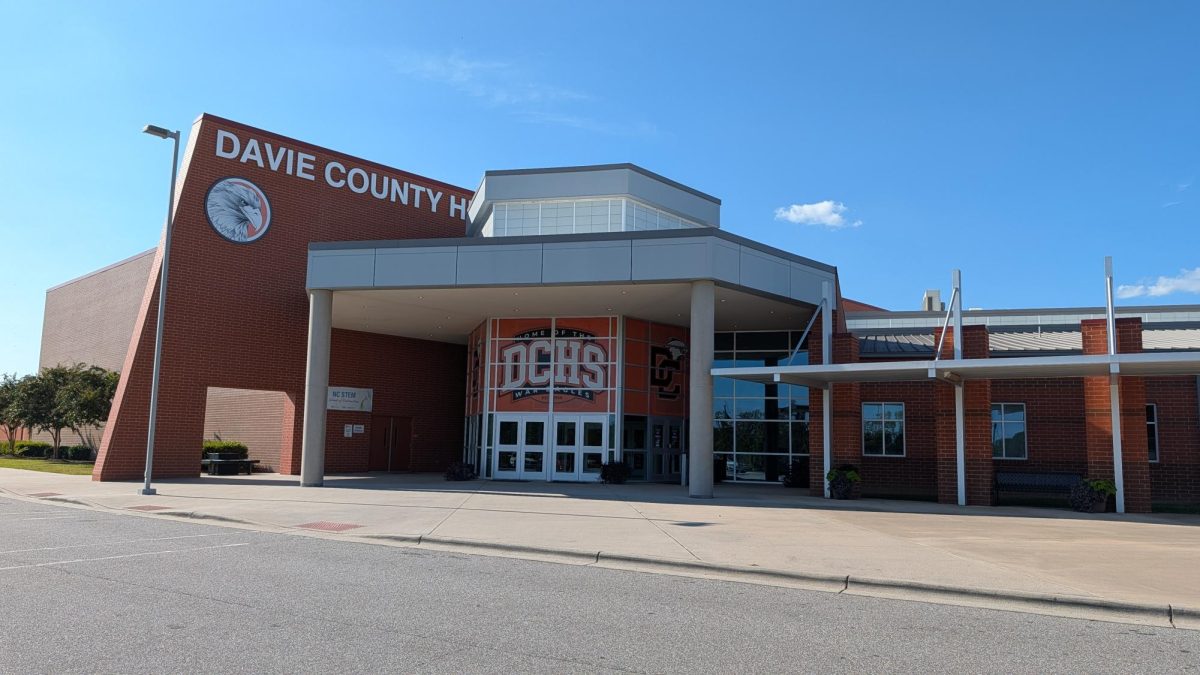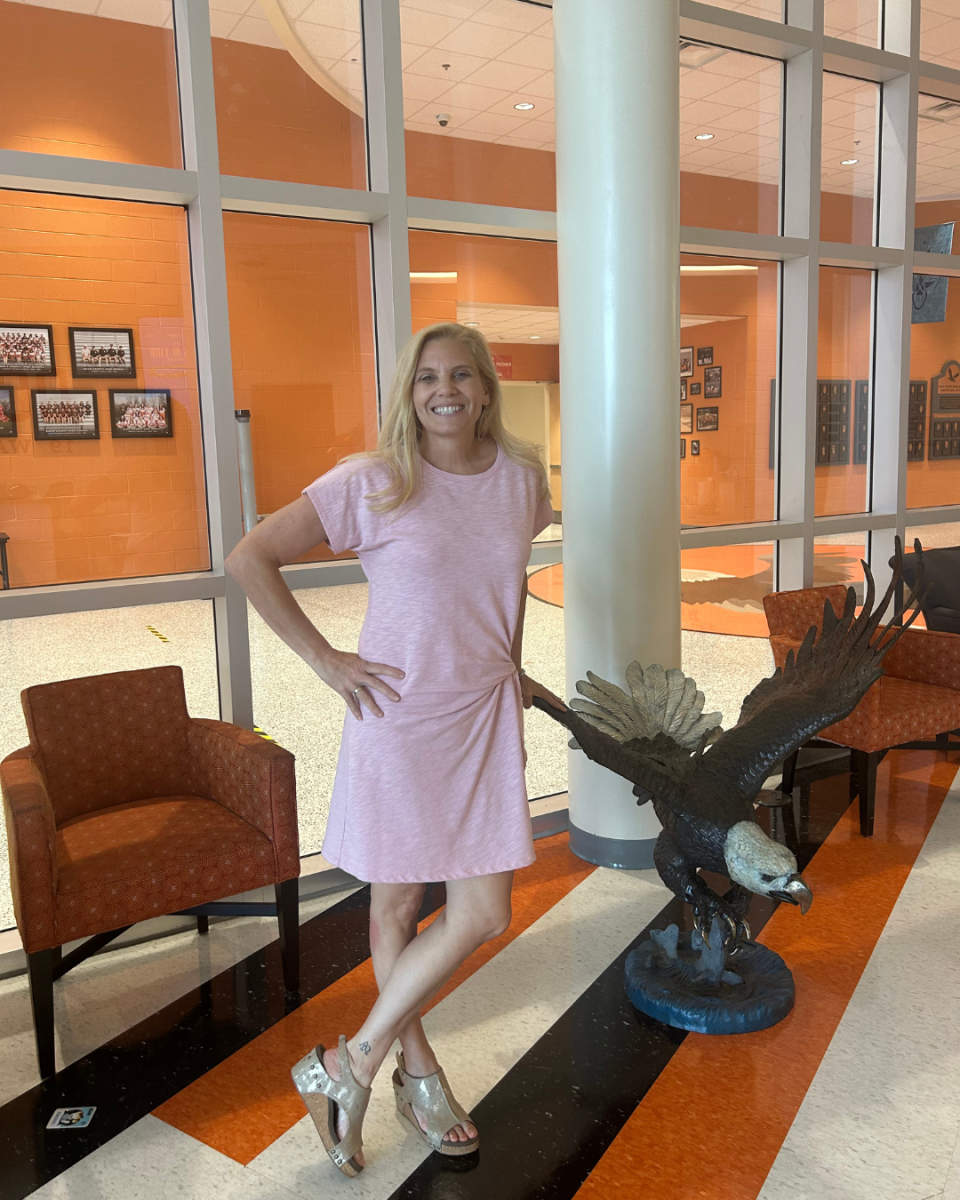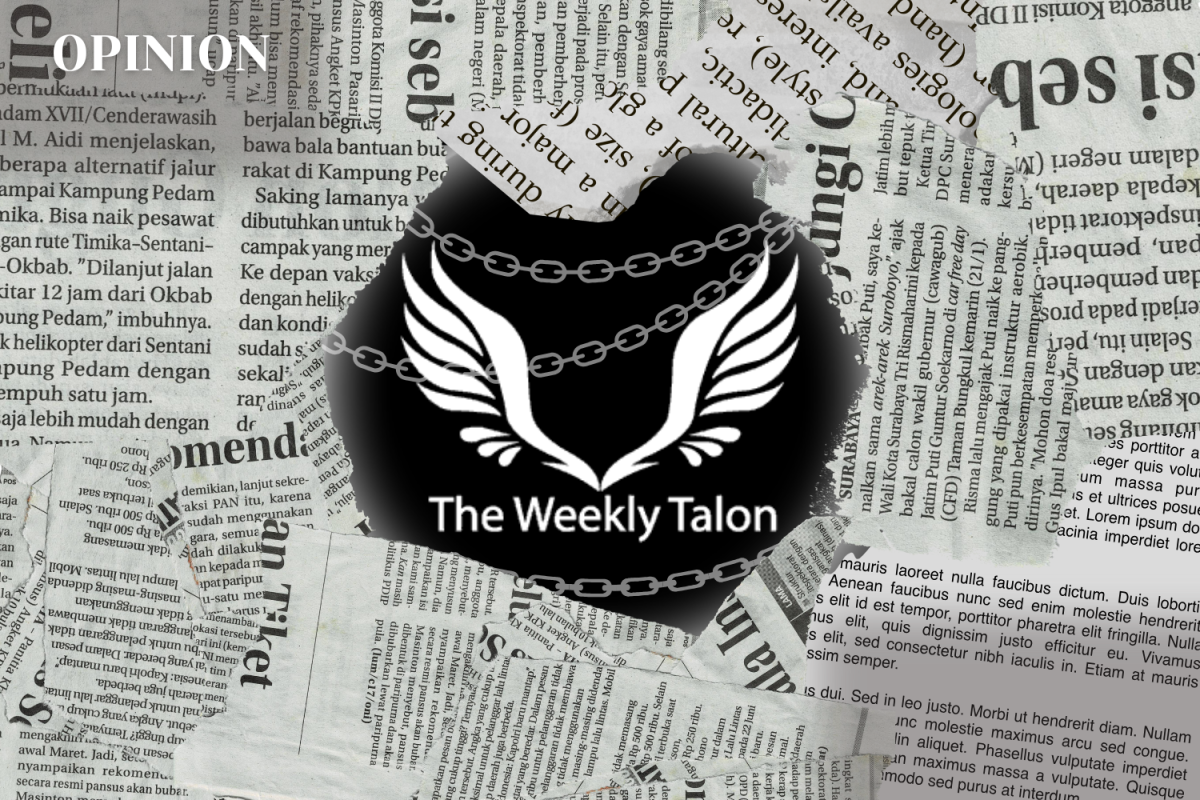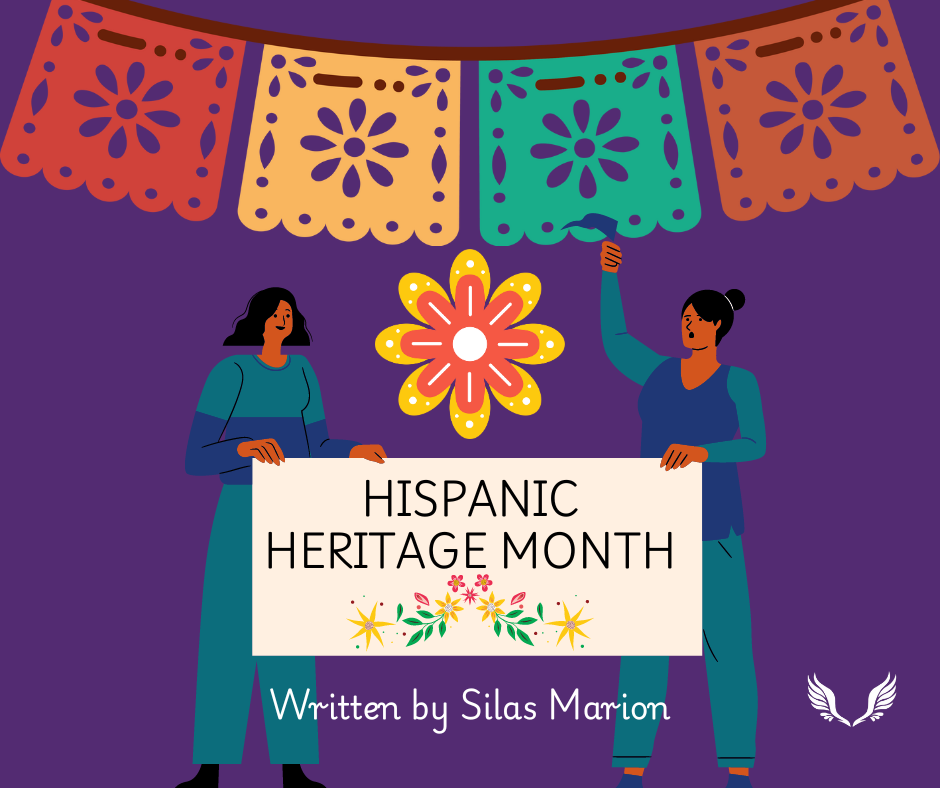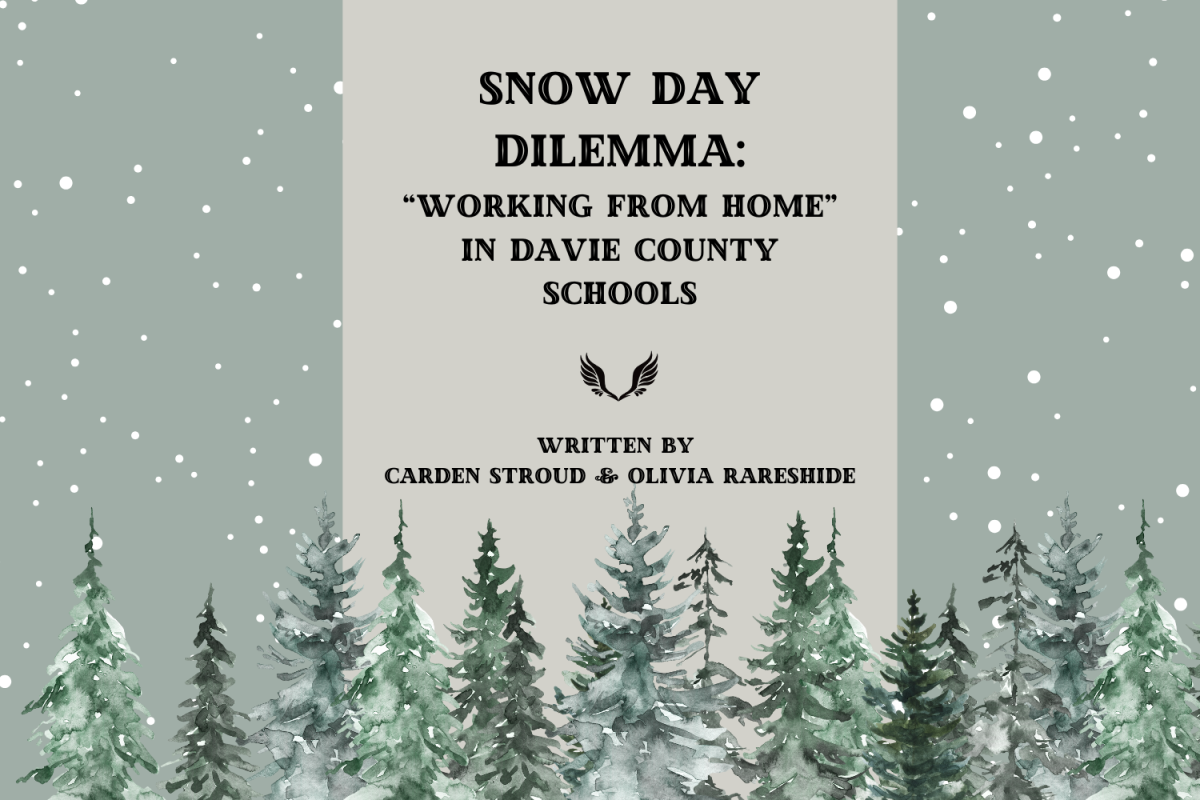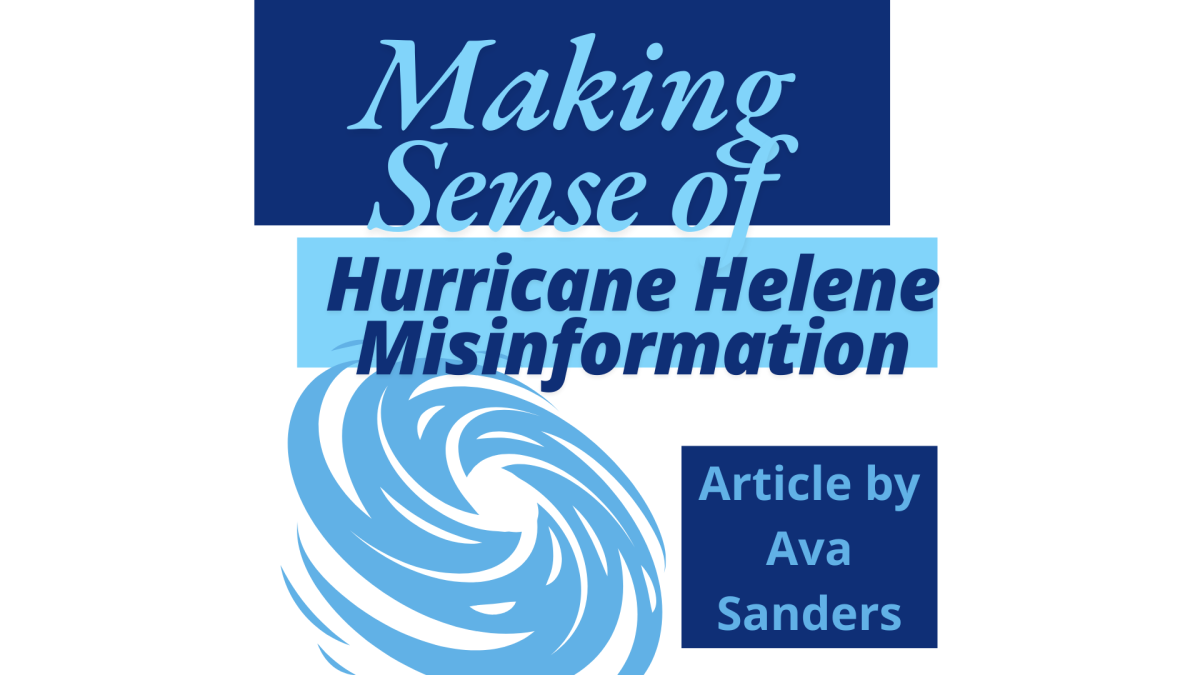In September 2024, Hurricane Helene made an unexpected impact on the mountains of Banner Elk, North Carolina. Known for its scenic beauty and tightly knit community, Banner Elk and all of the surrounding areas that were affected faced significant challenges as this powerful storm swept inland from Florida, revealing several misconceptions about hurricanes and underscoring the urgent need for improved response strategies.
Initially classified as a rather small Category Two hurricane, Helene exhibited rapid and intense fluctuations that kept meteorologists and residents all on the edge of their seats. As it moved inland, it brought heavy rainfall, strong winds, and the potential for flash flooding to the region. Despite being situated far from the coast, high in the Blue Ridge Mountains, Banner Elk experienced severe weather that overwhelmed local waterways and caused extreme damage to the area. The storm brought a critical reality to our attention: hurricanes can have devastating effects well beyond coastal areas, impacting communities previously thought to be safe from such natural disasters. Hurricane Helene’s impact on Banner Elk serves as a striking reminder of the complexities surrounding hurricane preparedness.
In the aftermath of Helene, several misconceptions emerged, particularly regarding the storm’s impact and the nature of hurricanes themselves. One of the most well-known myths was the exaggerated claim that the storm resulted in widespread devastation, including claims of numerous dead bodies scattered throughout affected areas. The portrayal not only misrepresents the reality of what the people of impacted areas are truly going through but also creates unnecessary fear and spreads misinformation. By addressing misconceptions and actively working to enhance community resilience, we can better protect lives and property from future storms. Increased awareness, comprehensive planning, and bringing awareness to common misconceptions and incorrect information will be vital as we navigate the realities of a changing climate and rebuild from the destruction of Helene.
Common Misconceptions and False Information
The largest and most common misconception following the storm was the belief that Hurricane Helene caused an unprecedented number of fatalities. While there is no doubt that there were high numbers of fatalities, the numbers are getting blown out of proportion and creating unnecessary amounts of fear for the people who were affected. Credible reports from local authorities and emergency services indicated that while there were injuries, tragic losses, and lots of property damage at the time, the casualty numbers were lower than the exaggerated claims circulating online. The focus on dramatic narratives often overshadowed the reality of the resilience of the community and did not focus on the help that is needed to help the people who are still alive and in need of support.
One of the most widespread misconceptions is that hurricanes primarily pose risks to coastal communities, leaving inland towns unscathed. This belief was challenged by Hurricane Helene, which demonstrated that even inland towns like Banner Elk can experience severe flooding and landslides. Many of the residents were caught off guard by the storm’s intensity. The heavy rains, coming with the region’s geography, led to the hazardous conditions that many residents were unprepared for. This situation emphasizes the importance of recognizing that all areas, regardless of geographic location, should take hurricane threats seriously.
Another common misconception is that hurricane strength is solely determined by wind speed. While Helene’s winds were indeed fierce, it was the excessive amount of rainfall that caused the most destruction in Banner Elk. The storm overwhelmed drainage systems, leading to significant flooding. This experience serves as a crucial reminder that rain and flooding can be as devastating as high winds, if not more so, particularly in mountainous regions where runoff can exacerbate flooding. This highlights the importance of understanding the dangers of flooding, high winds, and the other dangers that come along with it.
Furthermore, some residents in inland communities may not feel the same urgency to prepare for hurricanes as those living near the coast. Helene’s impact illustrated that preparedness is essential for all communities, regardless of their distance from the ocean. Many people mistakenly believe that because they are located inland, they are protected from the threats posed by hurricanes and have a sense of false security, which can lead to communities being vulnerable in the face of a disaster. This assumption can lead to complacency, which can have dire consequences when a storm causes unexpected damage. Although meteorological advancements have improved hurricane predictions, forecasts can change quickly and can be rather unpredictable. Many Banner Elk residents underestimated Helene’s potential impact based on early predictions that suggested the storm would weaken as it moved inland. This judgment led to inadequate preparations, highlighting the necessity of staying informed and aware of what was going on, even when forecasts appeared to be favorable.
The storm also promoted discussions around politics and disaster response, particularly through the lens of AI-generated images involving former President Donald Trump. These images, often depicting Trump in various scenarios related to the hurricane, served as a blend of satire and commentary on political responses to natural disasters. They highlighted the juxtaposition between political rhetoric and the reality of climate-related crises, emphasizing how digital media can shape public view and provoke discussions about leadership during emergencies.
Countering Misinformation About Hurricane Helene
To counter the misinformation surrounding Hurricane Helene, it’s essential to rely on credible sources and factual reporting. Local news outlets, emergency management agencies, and official statements from public safety officials provide an accurate account of the storm’s impacts. For example, the National Hurricane Center offers detailed reports and analyses of hurricanes, including casualty figures and storm impacts. Their assessment typically reflects accurate data collected from various sources, including local authorities.
Furthermore, reports from organizations such as the Federal Emergency Management Agency (FEMA) can help clarify the true nature of the storm’s aftermath and the resources available for recovery efforts. Their official communications focus on the realities of emergency response and community resilience.
Misconceptions surrounding Hurricane Helele, particularly regarding false information, serve as a reminder of the need for responsible communication in the wake of natural disasters. By focusing on factual information from reliable sources, communities can better prepare for future storms while being able to get better information out to the public. Understanding the true nature of hurricanes and the risks that they can cause—beyond false claims—will ultimately lead to better preparedness and response strategies for all communities, especially those like Banner Elk, which may not typically be associated with hurricane impacts.







